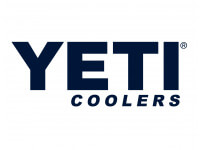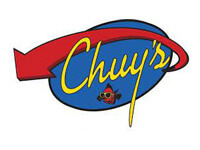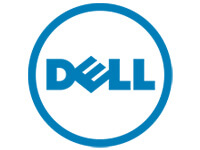


















This blog post follows the post made on January 12, 2023 titled Ten Steps to An Effective Brand Protection Strategy. Click on THIS LINK to read that first post.
The first step to an effective brand strategy is to identify what you believe to be your trademarks. Identifying your trademarks is often the easiest part of the plan. This is where you take inventory. Your trademarks are:
- brand names
- logos
- taglines
- trade dress
and other marks that you have created or are in the process of creating to allow your business to distinguish its products and services from those of its competition. What did you name your company? What are you calling your products? What names or taglines are you associating with your services? Most often these are already in existence, but they may not be. You may be reading this post at a time when you are still contemplating the creation of your brand strategy and you have yet to develop the marks for your business. If so, an important consideration is that you come up with distinctive marks. You want marks that are fanciful, arbitrary, or suggestive. Try to avoid marks that are generic or descriptive of a feature of your products or services.
For the rest of this particular blog post, we are going to assume you have already developed at least some of your branding. Consider your company name as a starting point. Is it distinctive and worth protecting? I often use this example: if you have an apple farm in Spokane, Washington and you want to name your company Washington Apples Inc. you are going to have a hard time registering that as a trademark unless you can show that you have been using that name for several years, and it has acquired distinctiveness in the marketplace.
However, if you started a computer company in Cupertino, California and you wanted to name your company Apple®, that would have been a different story as Mr. Jobs evidenced. In the latter example, the mark is arbitrary relative to the product being sold, so it can be registered. Whereas in the former example Washington Apples Inc. is geographically descriptive and descriptive of the very product being sold.
Many companies are successful in creating a brand around their company name. For example, look at Microsoft. Microsoft is a company name, but it is also a brand name.
Next look at the major solutions or platforms you offer. For example, turning again to Microsoft, the platforms would be Windows or Azure. Next look at specific products and services. Products are typically the product name and/or logo associated with the product. You might have many different products with different brand names. You might even have taglines that are associated with the company as a whole and some that are associated with particular products. Consider Nike’s JUST DO IT® tagline. Nike first registered the tagline in association with clothing. However, Nike has now registered that tagline in association with most of its product and service offerings. Keep in mind that some products and services may have names that do not need to be protected. They may be more descriptive or generic. In fact, some companies offer platforms or solutions under distinctive names, but they use descriptive terms for the particular products. Why? To make it easier to sell those products to customers by describing a feature or function of the product in its name.
Once you have identified your brands, you are ready to move to step #2, which is the next blog post.
If you have questions along the way and you would like to speak with a trademark attorney, feel free to email us at tm@bltg-ip.com or give us a call at 503-439-6500 or 512-920-1899. We would be happy to provide guidance.
